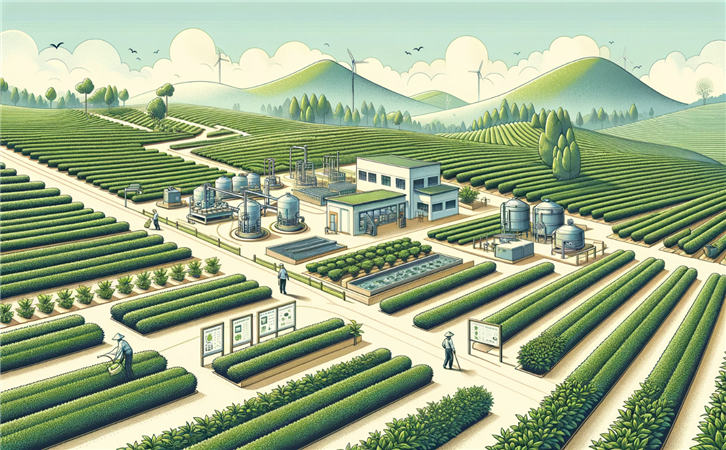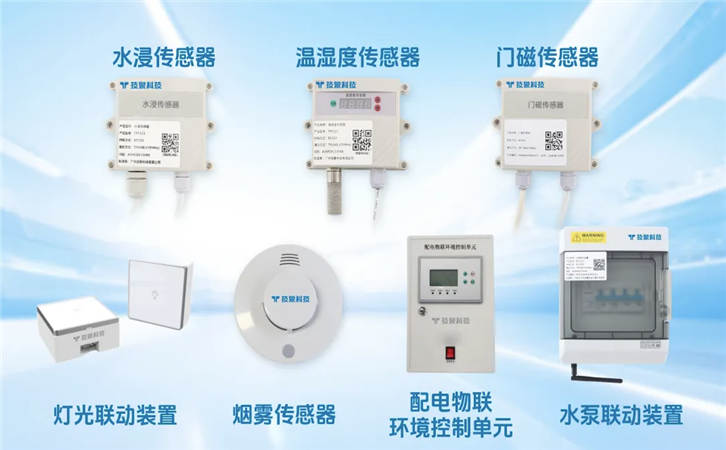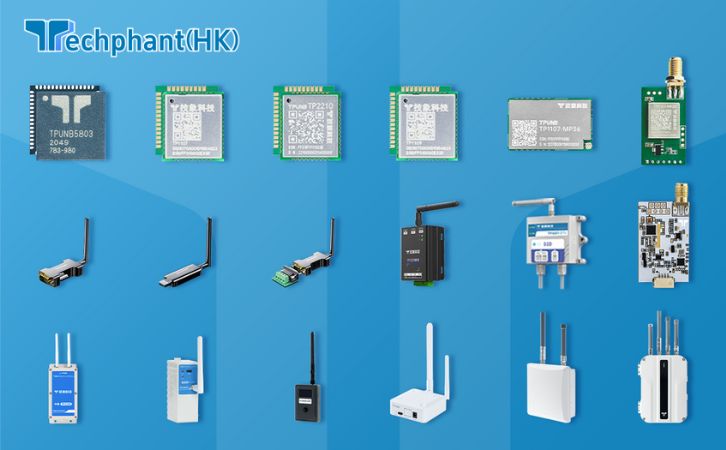The advent of Internet of Things (IoT) technology in agriculture has ushered in a new era of smart farming, transforming traditional practices into data-driven, efficient, and sustainable systems. IoT-based agriculture monitoring systems leverage sensors, connectivity, and data analytics to provide real-time insights into crop health, soil conditions, weather patterns, and livestock management. These systems empower farmers to optimize resources, enhance productivity, and address global challenges like food security and climate change. This article explores four key benefits of IoT-based agriculture monitoring: increased crop productivity, resource efficiency, early detection of issues, and environmental sustainability.
I. Increased Crop Productivity and Yield
IoT-based agriculture monitoring systems significantly enhance crop productivity by providing precise, real-time data that enables farmers to make informed decisions. By integrating sensors for soil moisture, nutrient levels, and crop health, these systems ensure optimal growing conditions, leading to higher yields.
- Precision Farming: IoT sensors, such as Normalized Difference Vegetation Index (NDVI) sensors, monitor crop health by assessing chlorophyll levels and biomass. For example, a study in India showed that IoT-based precision farming increased rice yields by 15% through targeted nutrient application based on sensor data. Farmers can adjust irrigation, fertilization, and pest control to specific areas of a field, reducing waste and maximizing output.
- Automated Decision-Making: IoT platforms integrate with machine learning algorithms to analyze data and provide actionable recommendations. For instance, a smart irrigation system can automatically adjust water delivery based on soil moisture readings, ensuring crops receive the right amount at the right time. This automation reduces human error and labor costs.
- Yield Forecasting: IoT systems combine historical and real-time data to predict crop yields, helping farmers plan harvesting and marketing strategies. For example, platforms like John Deere’s Operations Center use IoT data to forecast yields with up to 90% accuracy, enabling better supply chain management.
By providing granular insights and automating key processes, IoT systems boost crop productivity, helping farmers meet rising food demands while maintaining profitability.
II. Resource Efficiency and Cost Savings
IoT-based agriculture monitoring optimizes the use of critical resources like water, fertilizers, and energy, leading to significant cost savings and improved economic viability for farmers.
- Smart Irrigation: Soil moisture sensors and weather data integration allow IoT systems to deliver water only when and where it is needed. For instance, in arid regions like California, IoT-based irrigation systems have reduced water usage by up to 30%, saving farmers thousands of dollars annually. These systems can also integrate with weather forecasts to pause irrigation during rainfall, further conserving water.
- Targeted Fertilization: Nutrient sensors measure soil fertility, enabling precise application of fertilizers. This reduces overuse, which can cost farmers up to 20% of their input budget, according to agricultural studies. By applying fertilizers only where deficiencies are detected, farmers save money and prevent soil degradation.
- Energy Efficiency: IoT devices, such as solar-powered sensors and low-power connectivity options like LoRaWAN, minimize energy consumption. For example, a smart greenhouse equipped with IoT-controlled lighting and ventilation systems can reduce energy costs by 25% compared to traditional setups.
- Labor Cost Reduction: Automated monitoring reduces the need for manual field inspections. IoT dashboards provide real-time data accessible via smartphones, allowing farmers to manage large areas with fewer personnel, cutting labor costs significantly.
By optimizing resource use, IoT systems lower operational expenses, making farming more affordable, especially for smallholder farmers in developing regions.
III. Early Detection of Diseases and Pests
IoT-based monitoring systems enable early detection of crop diseases, pest infestations, and other threats, allowing farmers to take proactive measures to protect their crops and minimize losses.
- Crop Health Monitoring: Sensors like thermal imaging cameras and leaf wetness sensors detect early signs of stress or disease. For example, thermal sensors can identify heat stress in crops before visible symptoms appear, enabling farmers to adjust irrigation or shading. In vineyards, IoT systems have reduced crop losses from fungal diseases by 20% through early detection of leaf wetness.
- Pest Detection: IoT-enabled traps equipped with cameras or pheromone sensors monitor pest activity in real time. These systems can send alerts to farmers’ devices when pest thresholds are exceeded, prompting targeted pesticide application. A case study in Brazil showed that IoT-based pest monitoring reduced pesticide use by 15%, saving costs and reducing environmental impact.
- Data-Driven Alerts: IoT platforms integrate with predictive analytics to forecast disease or pest outbreaks based on weather patterns and historical data. For instance, high humidity and temperature readings can trigger alerts for potential fungal infections, allowing farmers to apply fungicides preemptively.
- Livestock Health Monitoring: In livestock farming, IoT wearables like ear tags detect early signs of illness, such as changes in body temperature or activity levels. Early intervention can reduce mortality rates by up to 20%, according to livestock management studies.
Early detection through IoT systems minimizes crop and livestock losses, ensuring higher yields and better farm resilience against biological threats.
IV. Environmental Sustainability
IoT-based agriculture monitoring contributes to environmental sustainability by reducing resource waste, minimizing chemical use, and promoting climate-resilient farming practices.
- Reduced Water Waste: Smart irrigation systems driven by IoT sensors ensure water is used efficiently, addressing global water scarcity concerns. For example, IoT systems in Israel’s agricultural sector have cut water usage by 40% while maintaining crop yields, contributing to sustainable water management.
- Lower Chemical Footprint: By enabling precise application of fertilizers and pesticides, IoT systems reduce runoff into water bodies, protecting ecosystems. Studies estimate that IoT-based precision agriculture can decrease pesticide use by up to 50%, mitigating soil and water pollution.
- Carbon Footprint Reduction: Energy-efficient IoT devices and optimized farming practices lower greenhouse gas emissions. For instance, IoT-controlled machinery reduces fuel consumption in tractors and harvesters by optimizing routes and operations, cutting emissions by 10–15% in large-scale farms.
- Support for Organic Farming: IoT systems support organic farming by providing data to maintain soil health without synthetic inputs. Sensors monitor soil organic matter and microbial activity, helping farmers adopt sustainable practices aligned with organic certification standards.
By promoting resource conservation and reducing environmental impact, IoT-based agriculture aligns with global sustainability goals, such as the UN’s Sustainable Development Goals for zero hunger and climate action.
Conclusion
IoT-based agriculture monitoring systems offer transformative benefits, driving a paradigm shift toward smarter, more sustainable farming. Increased crop productivity ensures higher yields and food security, while resource efficiency reduces costs and makes farming accessible to diverse producers. Early detection of diseases and pests minimizes losses, and environmental sustainability aligns agriculture with global conservation efforts. Despite challenges like high initial costs and connectivity limitations in rural areas, the long-term benefits of IoT systems—supported by advancements in affordable sensors and connectivity—promise to revolutionize agriculture. As adoption grows, IoT will continue to empower farmers to produce more with less, fostering a resilient and sustainable future for global agriculture.



